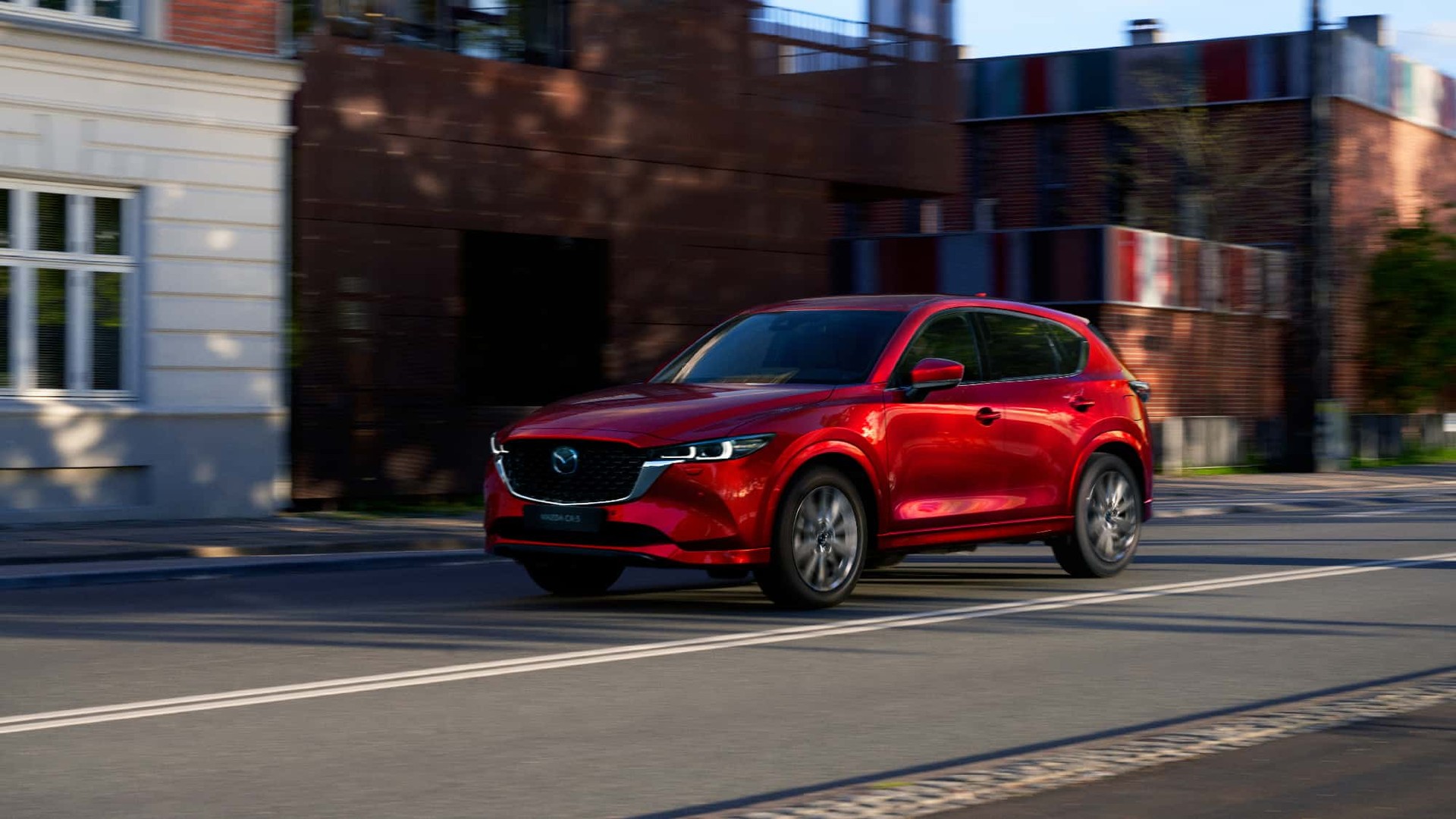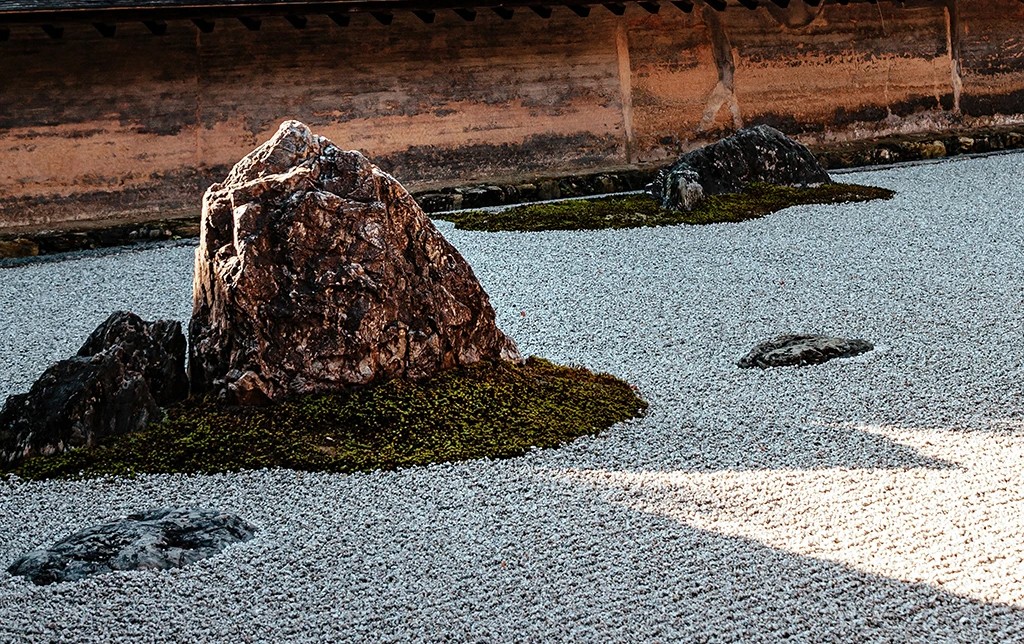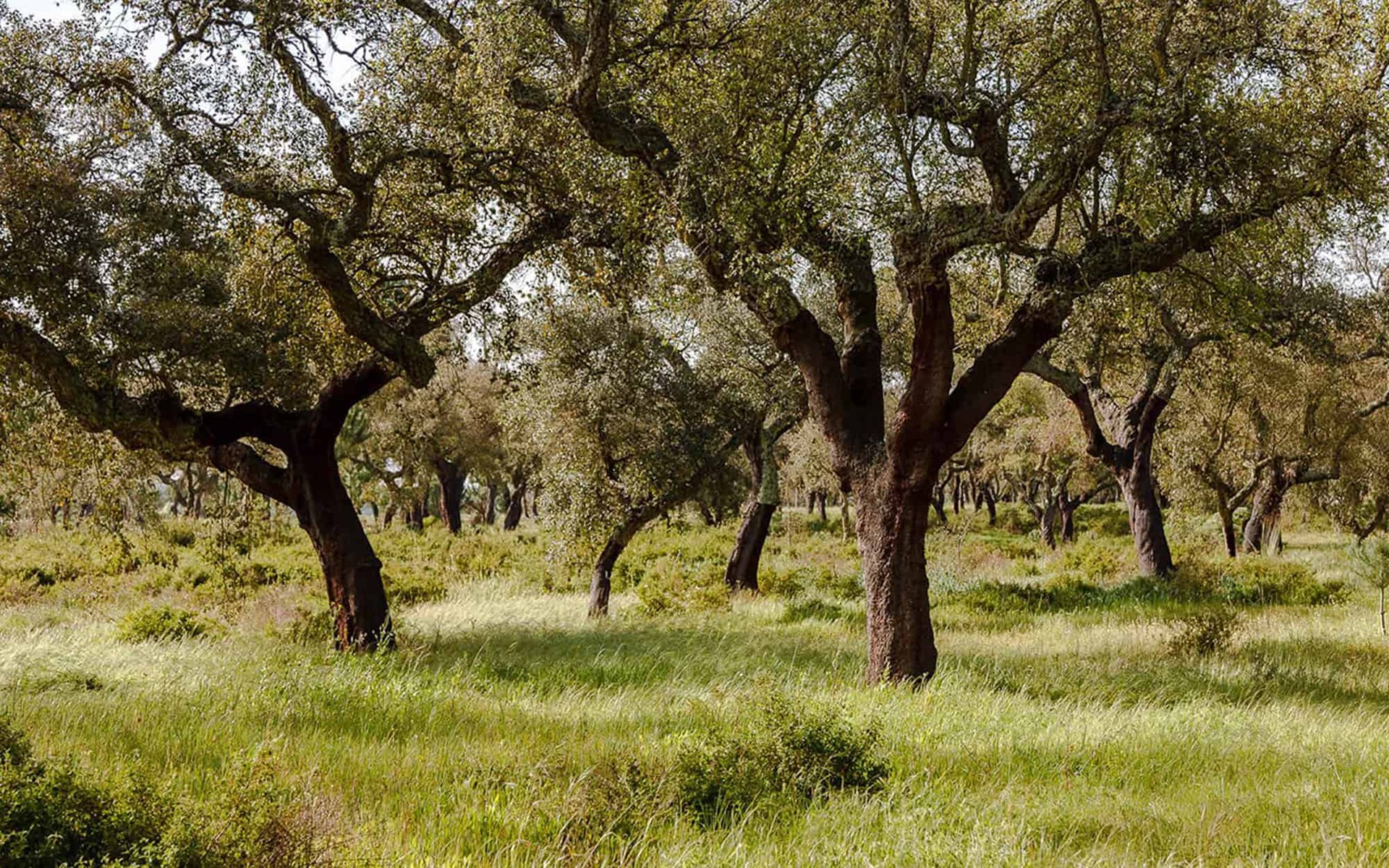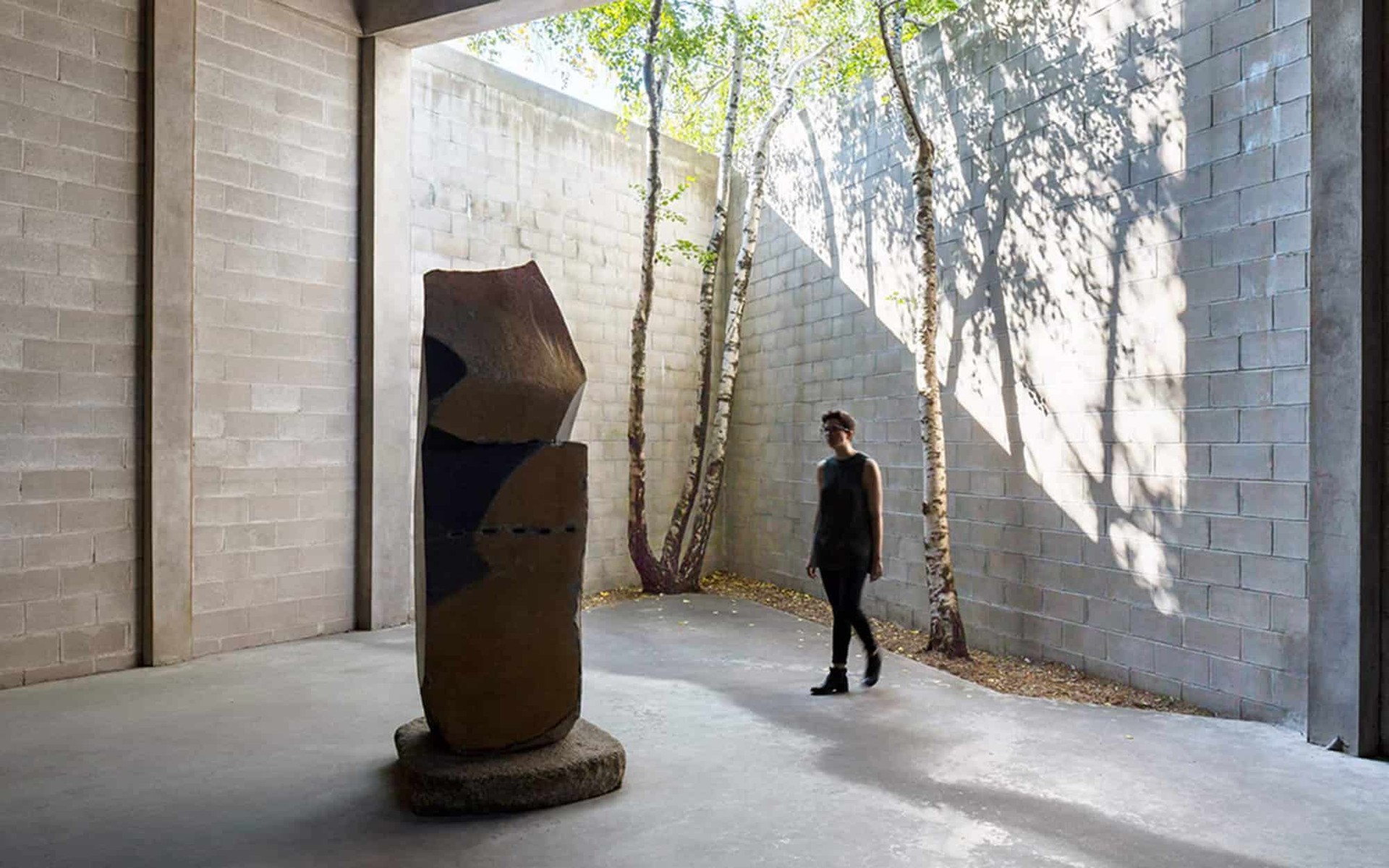INSPIRE
IT TAKES A VILLAGE
The recycling achievements of Kamikatsu, a small town in Japan transforming the way we look at waste, have become a blueprint for governments, brands, and consumers to work towards a sustainable future.
2030 is slated to be a critical year for Mazda. As the automotive world begins to pivot to higher rates of electrification, cleaner fuels, and a reduction in waste resources, Mazda has set ambitious goals toward reducing its environmental impact. This includes up to 40 percent of its fleet becoming fully electric by 2030, reducing waste resources across the entire production process, and for all its plants globally to be carbon neutral by 2035.
Specifically, these initiatives aim to conserve energy, boost renewable energy use, and transition to next-generation biofuels. Recycling initiatives, such as turning old bumpers into the raw material for newer models—a world first—and using crushed oyster shells for the interior of the Mazda Iconic SP concept vehicle, are just a few examples of the steps that Mazda is taking toward achieving total carbon neutrality by 2050. Further afield, smaller communities are just as fervent about being kinder to the planet.
To see this in action, we head to the Kamikatsu Zero Waste Center, a sprawling complex that, from above, resembles a giant question mark—a design element encouraging visitors to consider their own recycling practices. Here, the town’s residents bring paper, plastic, and glass containers, as well as empty spray cans, used cooking oil, batteries, light bulbs, and shoes. “Residents separate everything into 45 categories—there are nine for paper items alone,” says Hiroki Tamura, a Kamikatsu native and a member of the center’s operations staff. Signs next to every container and shelf explain what the town earns from recycling or spends on disposal, and where it’s sent off to. Indoors, a collection box advertises an ongoing prefecture-wide campaign to recycle clothing.
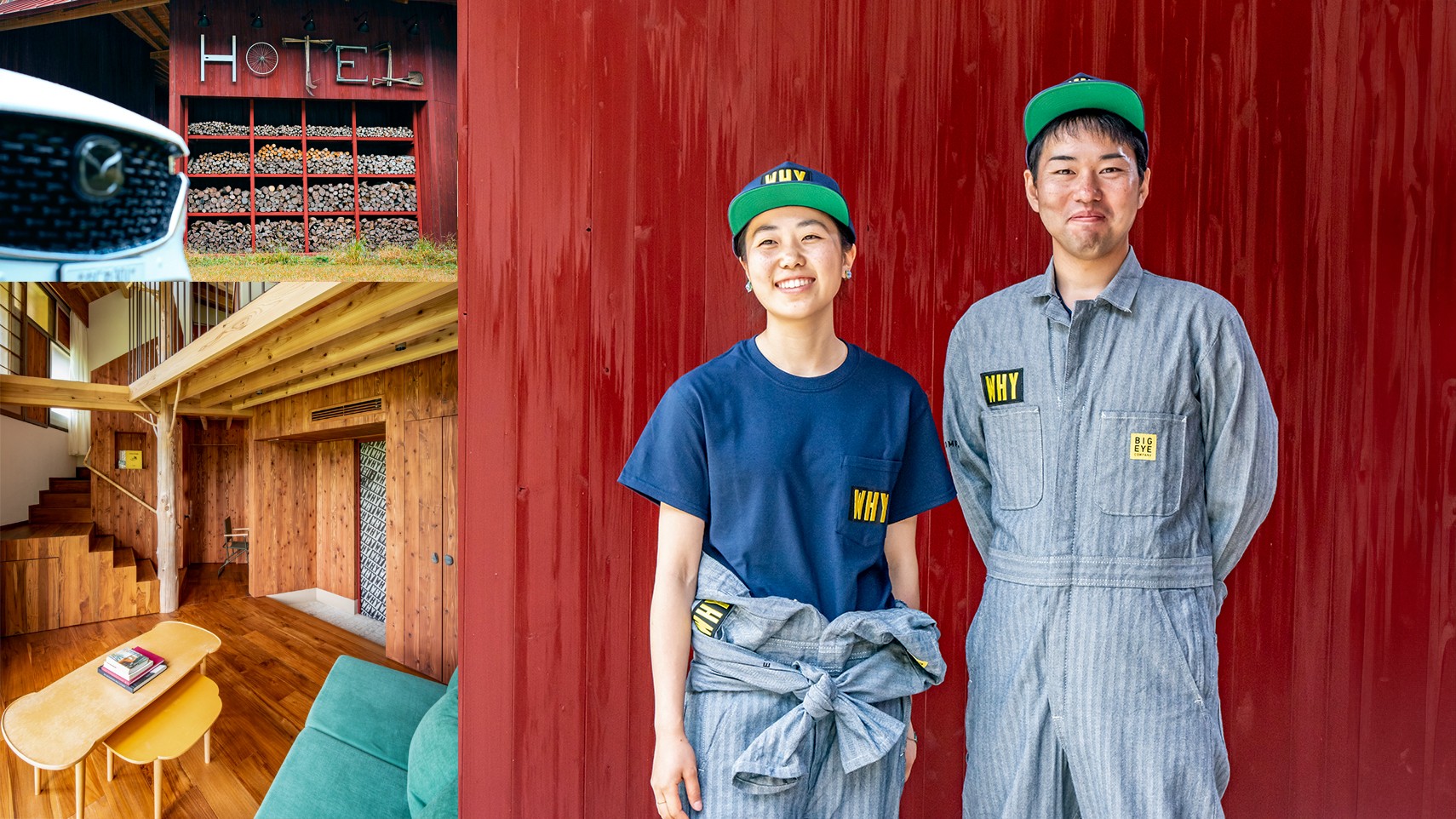
“What’s important is that our zero waste activities are linked to the happiness of residents.”
Terumi Azuma, Owner, Cafe Polestar
In 2019, the most recent year of available statistics, Kamikatsu earned ¥1.8 million (over $12,000) from recycling, offsetting a quarter of disposal costs. Decades ago, residents burned garbage in metal drums at home or in their fields. Big items were put in a communal pit and set ablaze. In 1997, the town began separating trash from recyclables and the following year Kamikatsu bought two incinerators, thereby ending its open-air fires. Two years later, one of the incinerators had to be shut down for exceeding dioxin emissions limits. The town decided to expand its recycling program out of necessity and a need to raise funds as its population shrank.
The Kamikatsu Zero Waste Center is a symbol of residents’ commitment to a greener future. One room houses the Kuru Kuru secondhand shop, where five tons of clothes, furniture, toys, books, and dishes are passed on for free every year. There’s also a laundromat, a learning center, and a hotel that has only one single-use amenity—a block of hand soap, from which guests slice slivers at check-in.
To build the center, architect Hiroshi Nakamura capitalized on local resources: cedar cut from surrounding forests, traditional plant-derived dyes and unwanted household items. The main building’s 540 windows—a stunning patchwork of various sizes and materials—were donated by the community. Inside, a chandelier of upside-down glass bottles hangs from the ceiling, and shards of ceramic plates and bowls decorate the floor. The hotel’s sign is made from farm tools, pipes, and a bicycle wheel, and its four rooms have quilted rugs made from upcycled jeans.
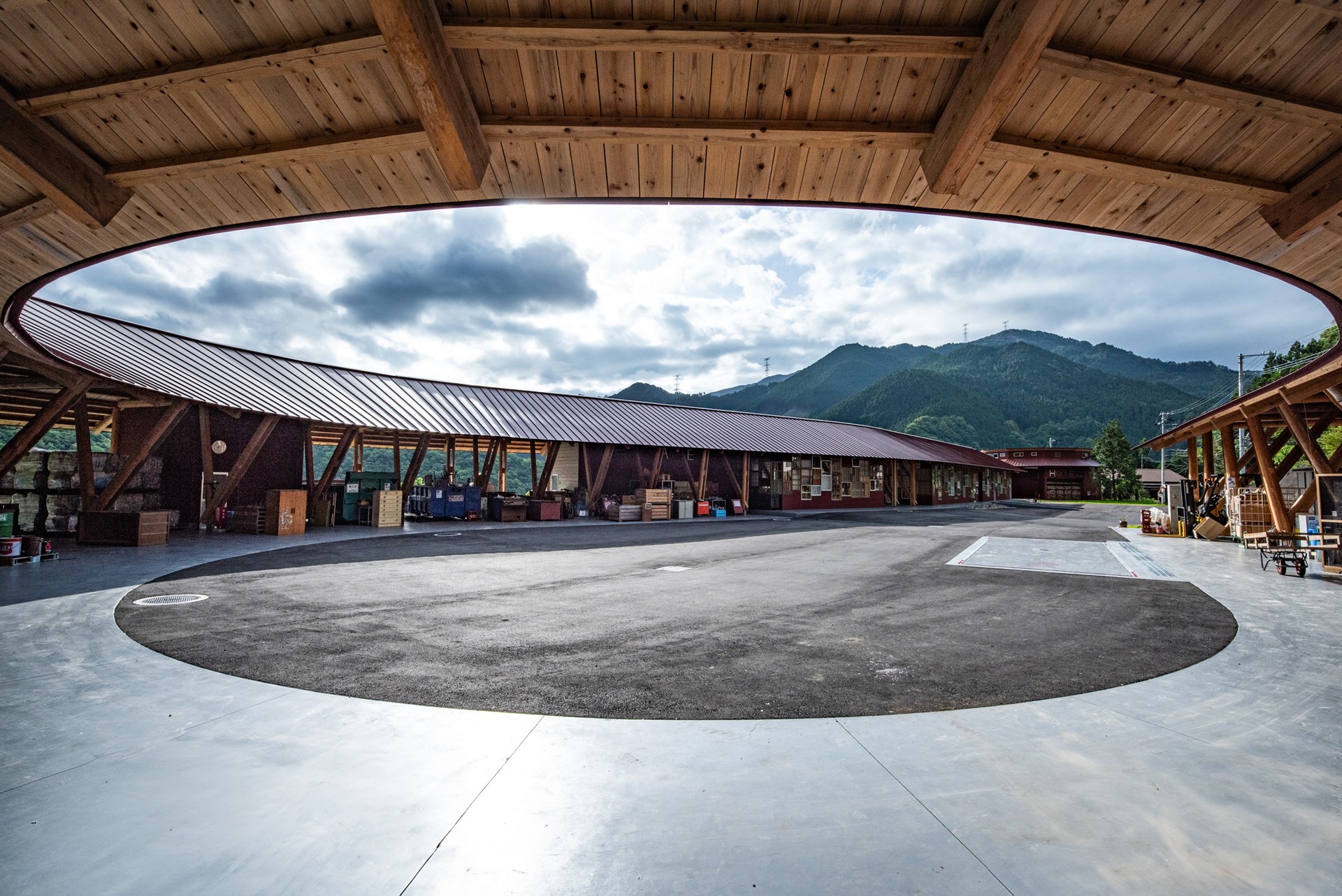
Kamikatsu earned ¥1.8 million(over $12,000) from recycling, offsetting a quarter of disposal costs.
Nearby, at Rise & Win Brewing, the same principles are applied to making craft beer. Since 2015, the brewery has used produce from the region in its rotating menu. Its hefeweizen wheat beer is flavored with peel from the yukoh citrus fruit, grown in Kamikatsu, while the stout contains sweet potatoes from farms in neighboring Naruto that supermarkets won’t buy. Last year, Rise & Win made its first beer through regenerative agriculture, using barley grown in fields around Kamikatsu that were fertilized with some of the 22 tons of byproduct waste that comes out of the brewery each year. “Even if you’re not aware of what zero waste is, by drinking our beer, you’re being introduced to the concept while helping to save local produce that would have otherwise been thrown out,” says Aki Ikezoe, who manages the Rise & Win General Store.
Eliminating waste is a community-wide effort. Local remake shop Kuru Kuru Kobo collects clothes, including kimonos, and turns them into stuffed animals, cushions, and decorations. In the absence of taxi services, volunteer drivers shuttle residents to doctor visits, and visitors to and from the airport for a fee. With half of the town’s population over the age of 65 and some too frail to drive, municipal officials and volunteers take turns as garbage runners for the elderly.
At Cafe Polestar, owner Terumi Azuma does everything possible to curb waste. When buying produce from local farmers, she asks that no plastic packaging be used. She sells oil, sauces, spices, eggs, dairy products, and rice by the gram. The cafe has never offered single-use hand towels or straws and, instead of single-use napkins, customers are asked to use their own handkerchiefs. “It might be a nuisance,” says Azuma. “But that will make them think about what zero waste means.”
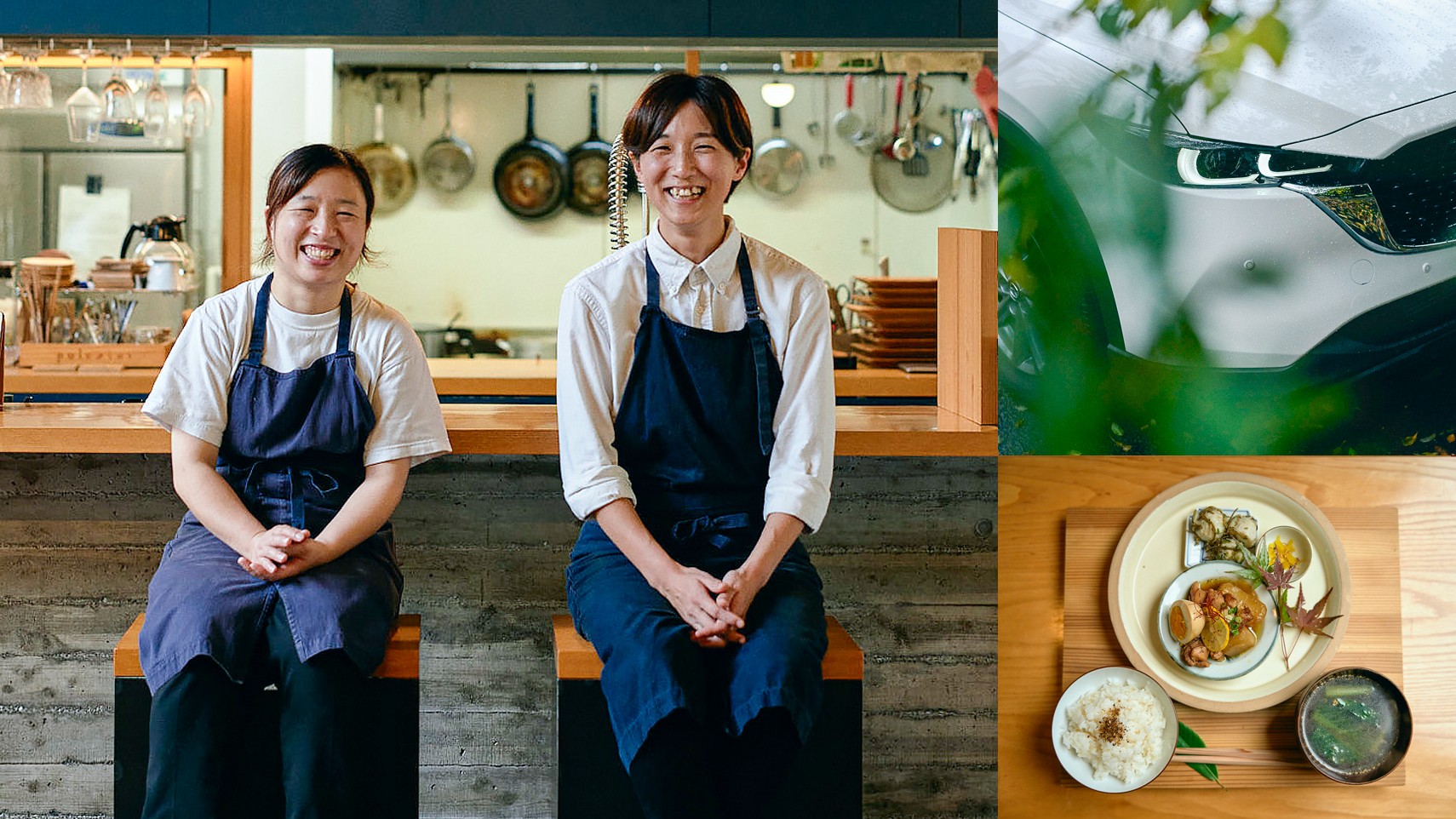
“You’re being introduced to the concept while helping to save local produce.”
Aki Ikezoe, Manager, Rise & Win General Store
Today Kamikatsu hasn’t given up on its goal of eliminating waste, despite the challenges, says Azuma, who sat on a committee that updated Kamikatsu’s zero waste plan for 2030. In Kamikatsu, the focus is now on encouraging more businesses to make products easier to recycle while preserving local traditions and protecting the environment. “What’s important is that our zero-waste activities are linked to the happiness of residents,” finishes Azuma.
Words Kenji Hall / Images Keisuke Ono, Transit General Office Inc.
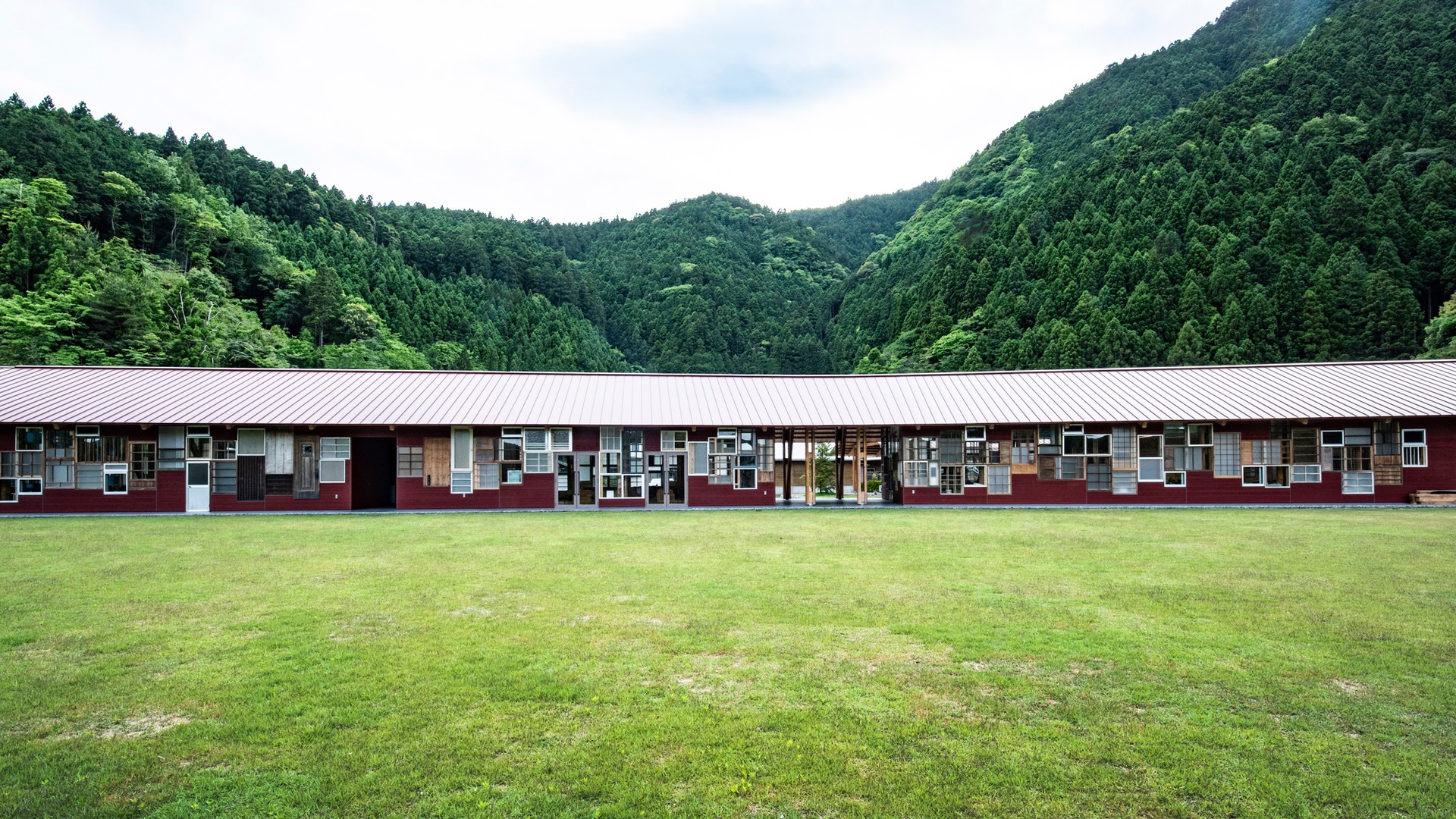
find out more






